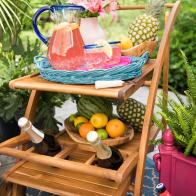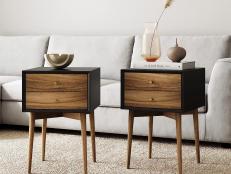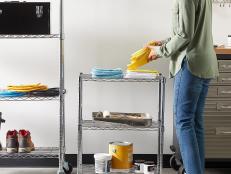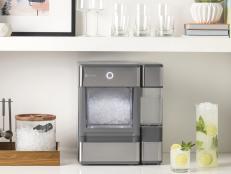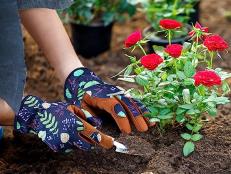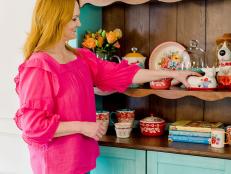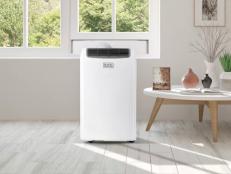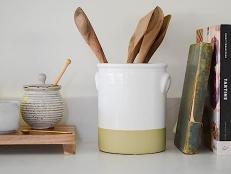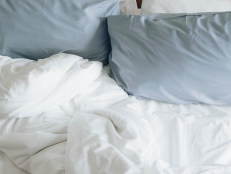Give Your Houseplants a Vacation
It’s vacation time—for plants, that is. Give your indoor plants a little R&R by moving them outdoors for summer.
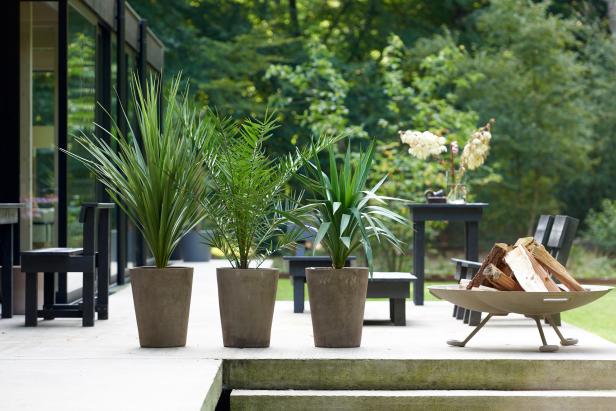
The Flower Council of Holland/thejoyofplants.co.uk
You’re not the only one who deserves a vacation. After spending months cooped up indoors, your houseplants also deserve their day in the sun—or shade. A little time in the Great Outdoors transforms even lackluster houseplants into gorgeous greenery. Compared to outside settings, your indoor spaces give plants lower light (even by the brightest window) and lower humidity—less than ideal growing conditions. That’s why spending time outside is like visiting a houseplant spa.
Many typical houseplants (think pothos, philodendron, monstera, figs) hail from topical latitudes where they grow to oversize beauties. No matter where you garden, shifting plants outside for a little summer R&R can give failing plants a new lease on life—and make your healthy ones look even better. So give your plants their best summer ever by putting them outside. Here’s what you need to know.
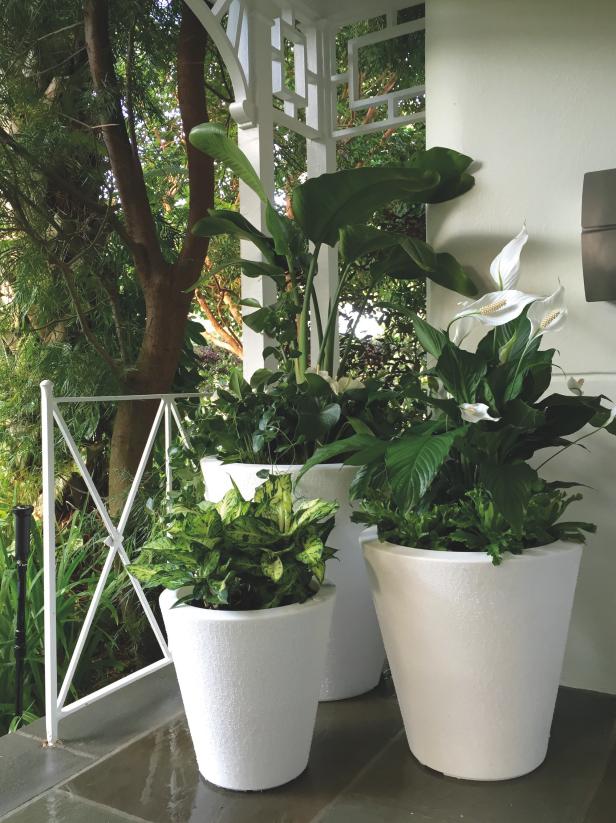
Crescent Garden and provided courtesy of Gardener’s Supply Company
When to Put Plants Out
You can shift plants outside at any point in the growing season once night temperatures are reliably above 55° F. Most tropical houseplants need warmer temps to survive and thrive. If you move plants outside while nights are still cool, plants can be damaged to the point that they don’t recover. Placing plants on a covered porch or beneath a spreading tree can provide pockets of warmth, but it’s safest to wait until all danger of frost has passed and nights are warm.
How Much Sunlight?
Outdoors, sunlight is much brighter and more powerful compared to what your plants receive even beside the brightest window inside. The most important step in putting houseplants outside for summer is giving them a bit of shade. When you first move plants outside, placing them in bright sun too soon can sunburn leaves. The intense sunlight actually bleaches the cholorophyll in leaf cells (the stuff that makes leaves green), and leaves develop white spots that usually dry up and die.
Some plants, like a tropical hibiscus or mandevilla vine, ultimately thrive in full summer sun, but they have to be acclimated to life outdoors. Start them in a shady spot for a week or two and slowly expose them to more sunlight. Other plants, like orchids, philodendron or palms, grow best outdoors in a brightly lit spot that doesn’t receive direct sunlight. A sun-splashed porch or beneath a pergola or elevated deck provides ideal conditions.
When putting houseplants outside for summer, remember that the most intense rays of the day occur between 10 a.m. and 3 p.m. Try to protect your houseplants from sun during this time.
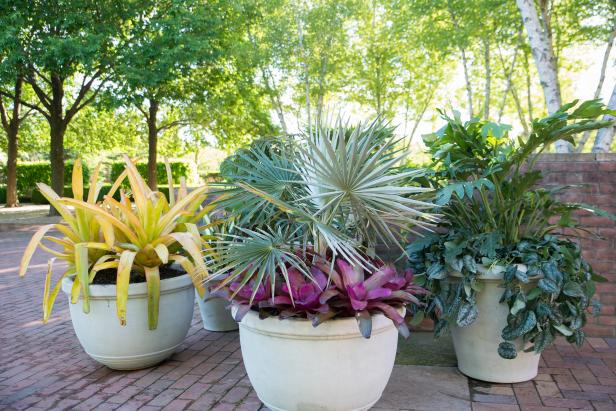
ChicagoBotanic.org
Pour On the Water
When you first move houseplants outside, give them a light rinse with a shower spray from the garden hose. This is the start of your summer houseplant spa. A shower helps remove dust on leaves and raises humidity around plants—something they love.
Houseplants need more water when they’re growing outdoors. Higher light, higher air temperatures and wind all dry out soil. Check houseplants daily to see if they need water. Use a finger test to see if soil is dry: Shove your index finger into soil up to your second knuckle. If soil is dry at that point, it’s time to water. Even if you develop a regular watering routine early in the summer, as days grow longer and air heats up, continue to check plants daily to make sure they’re not drying out.
Avoid letting houseplants sit in saucers of water outside. That can easily lead to soggy soil and potentially root rot. Do not move houseplants outside that are in pots without drainage holes. Rainfall can lead to overwatering, which can kill your houseplant.
Don’t Forget Plant Food
Houseplants that vacation outdoors for summer tend to grow more because of the ideal conditions. Once you see that plants have adjusted to life outside, start fertilizing them. Use the type of plant food that you prefer—a granular slow release product, a water soluble food or soil spikes. Anything works. Just be aware that frequent watering washes nutrients out of potting soil, so if you’re using a slow-release plant food, your plants may need more food sooner than the product label states. Keep an eye on your plants. Yellow or purple leaves indicate fertilizer shortages.
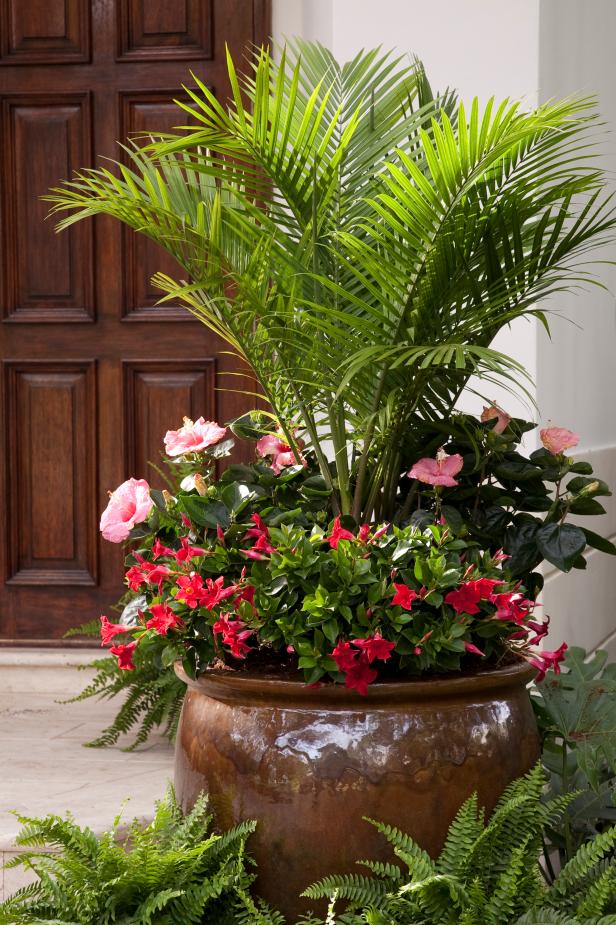
CostaFarms.com
Make Them Look Good
When your first move houseplants outside for summer, take time to clean them up, removing any dead or dying leaves from the plant or the soil surface. Prune away any wayward shoots and old flower stems. Summer growing conditions will coax new life from your plants, so it’s actually smart to do some pruning when you shift them outside.
Consider creating container garden displays with your vacationing houseplants. Slip them into matching cache pots to create an eye-pleasing scene. Or get an oversize container and arrange several houseplants (still in their own pots) inside the bigger pot. The effect can be stunning as you craft a multi-houseplant garden.
When Fall Comes
Autumn’s arrival signals the time to shift houseplants indoors again. For most tropical houseplants, use 55° F (night temperature) as the guide for when it’s time to move plants inside. Some plants, including holiday cacti and orchids, tend to form flower buds after experiencing fall’s cooler nights. Try to learn as much as you can about your plants so you know if any should experience cool autumn air to help pave the way for a holiday bloom fest.

%20Taniya%20Nayak,%20Ty%20Pennington,%20Alison%20Victoria,%20and%20Brian%20and%20Sarah%20Baeumler_BOTB_HGTV%20.jpg.rend.hgtvcom.196.196.suffix/1683310636672.jpeg)


